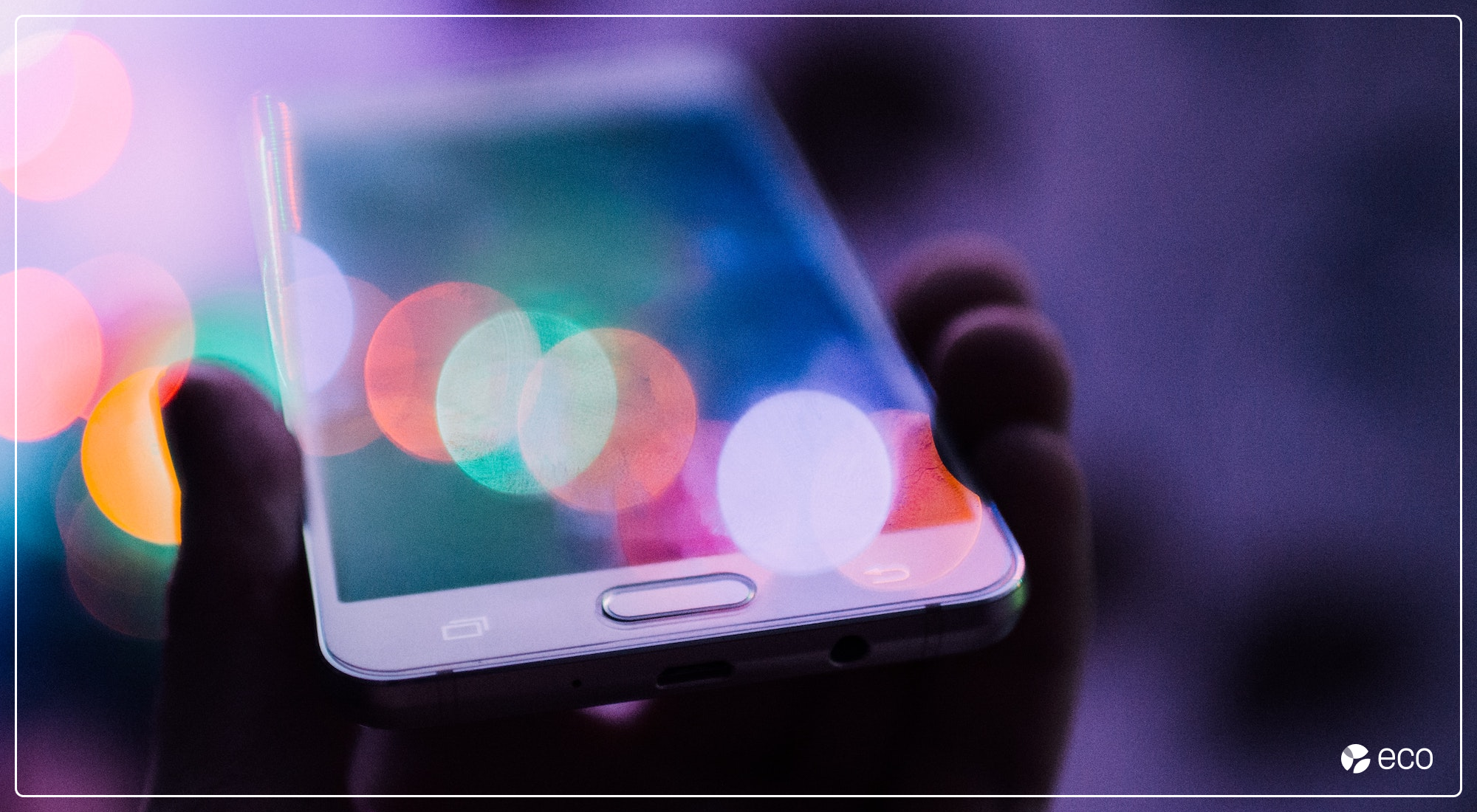What is a digital wallet?
With 50% of smartphone owners expected to make digital payments by 2025, digital wallets are becoming more popular by the day.

Wallets have evolved quite a bit since Ancient Greece, when the term signified a survival pack filled with provisions. The current term “wallet” first appeared in the late 14th century, though when Shakespeare wrote about a wallet, it referred to something like a backpack.
Mass production of wallets commenced in the 17th century as a means for carrying paper currency. They quickly replaced coin purses as Westerners adopted paper currency from the Mongols. It wasn’t until the mid-20th century that the modern bifold wallet became the standard.
Wallets have evolved alongside the provisions, or currencies, that needed to be held. As money increasingly became represented by numbers in an online account, it made sense that digital wallets would emerge. With 50% of smartphone owners expected to make digital payments by 2025, digital wallets are becoming more popular by the day.
How digital wallets work
A digital wallet allows you to pay from a financial account from your computer, smartphone, or other smart device. The most popular digital wallets are Apple Pay, Google Pay, and Samsung Pay.
The type of digital wallet you choose reflects the nature of the transaction you wish to make. A few examples:
- Checking out at a grocery store
- Splitting bills with friends
- Online shopping at retail outlets
These transactions are represented by a number of different wallets, though some companies are making it easier to conduct all of the above (and more) in one digital wallet.
How you use the wallet differs from app to app. Some mobile wallets allow you to hold your phone close to a checkout device to complete a payment. Peer-to-peer payment apps let you send money directly to other users that are also on that platform.
Beyond payments, digital wallets are used to hold an increasing number of products, including concert tickets, rewards points, coupons, and boarding passes. In the future, they’ll likely store anything digital that needs to be held—with much more space than a traditional bifold.
Safety is a concern
Precautions should always be taken with any financial information. That said, digital wallets are generally safer than physical credit cards thanks to the encryption and tokenization of mobile payments.
When you add information into a digital wallet, it’s converted into a unique code that’s essentially useless to non-authorized parties. Taking it a step further, every transaction produces a random token that can only be accepted by the merchant’s network.
A third layer of security is added by the medium itself—i.e., your phone. If you use facial recognition or password protection, potential hackers must work around that layer of security before even getting to your digital wallets. If they do reach the wallet, they’ll have to contend with a lot of encryption.
What about crypto?
Crypto wallets and digital wallets generally serve different functions, though there’s likely going to be more crossover as the financial industry evolves.
Most crypto wallets are a pair of keys used to store and trade cryptocurrencies, whereas digital wallets are designed for payments or proof of verification (concert tickets; boarding passes).
As more retailers accept crypto as a form of payment, however, distinctions between digital wallets and crypto wallets will become less well-defined.
This should come as no surprise when considering the long history of wallets, which have constantly evolved to serve the societies that utilize them. During a time when most transactions occur on computers and phones, and most money is stored online, ever more people will rely on digital wallets to manage their finances, identity, and more.